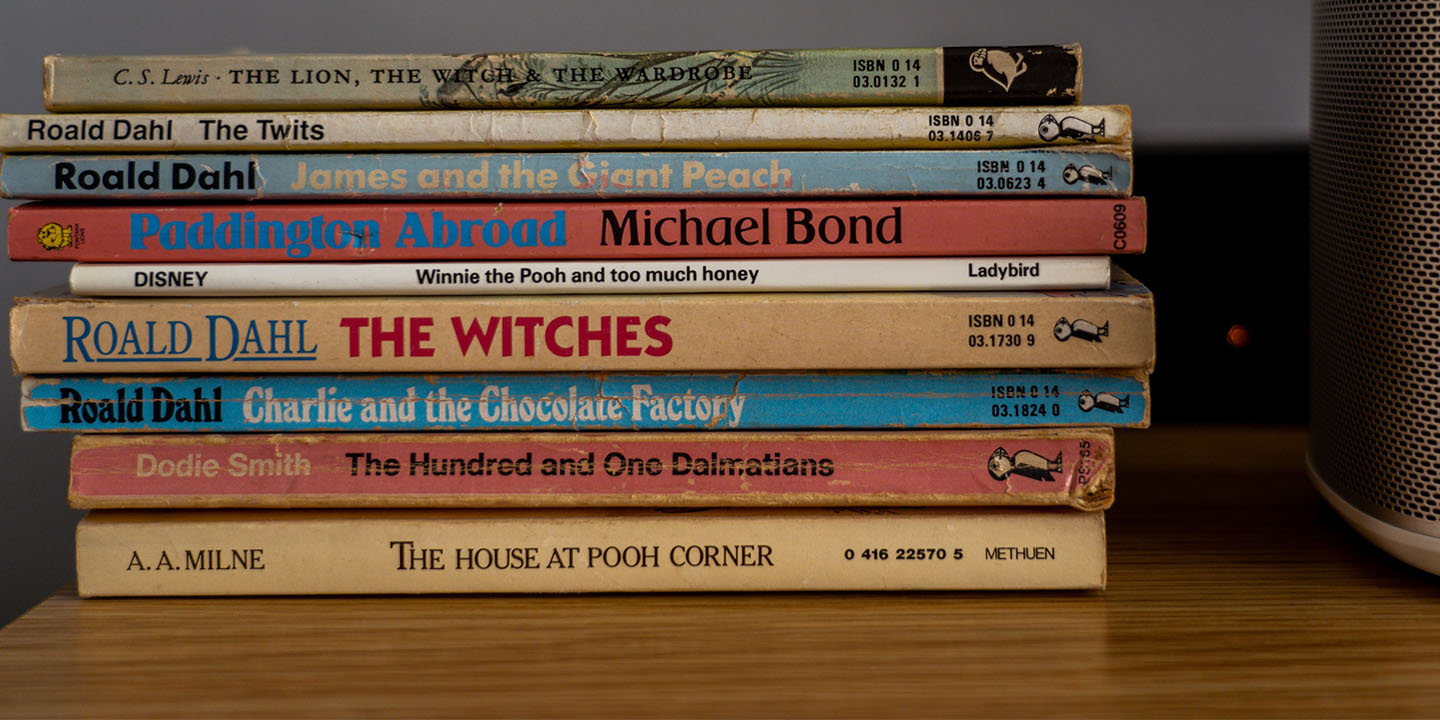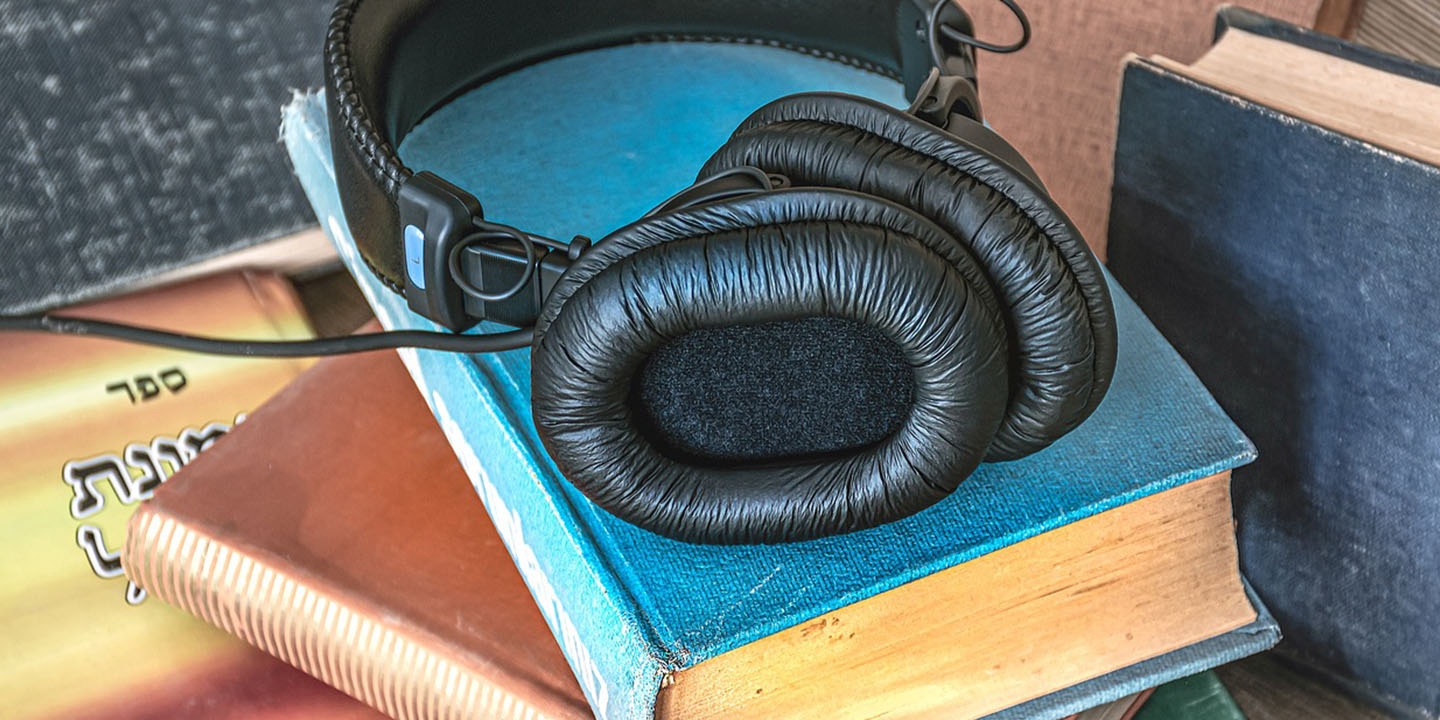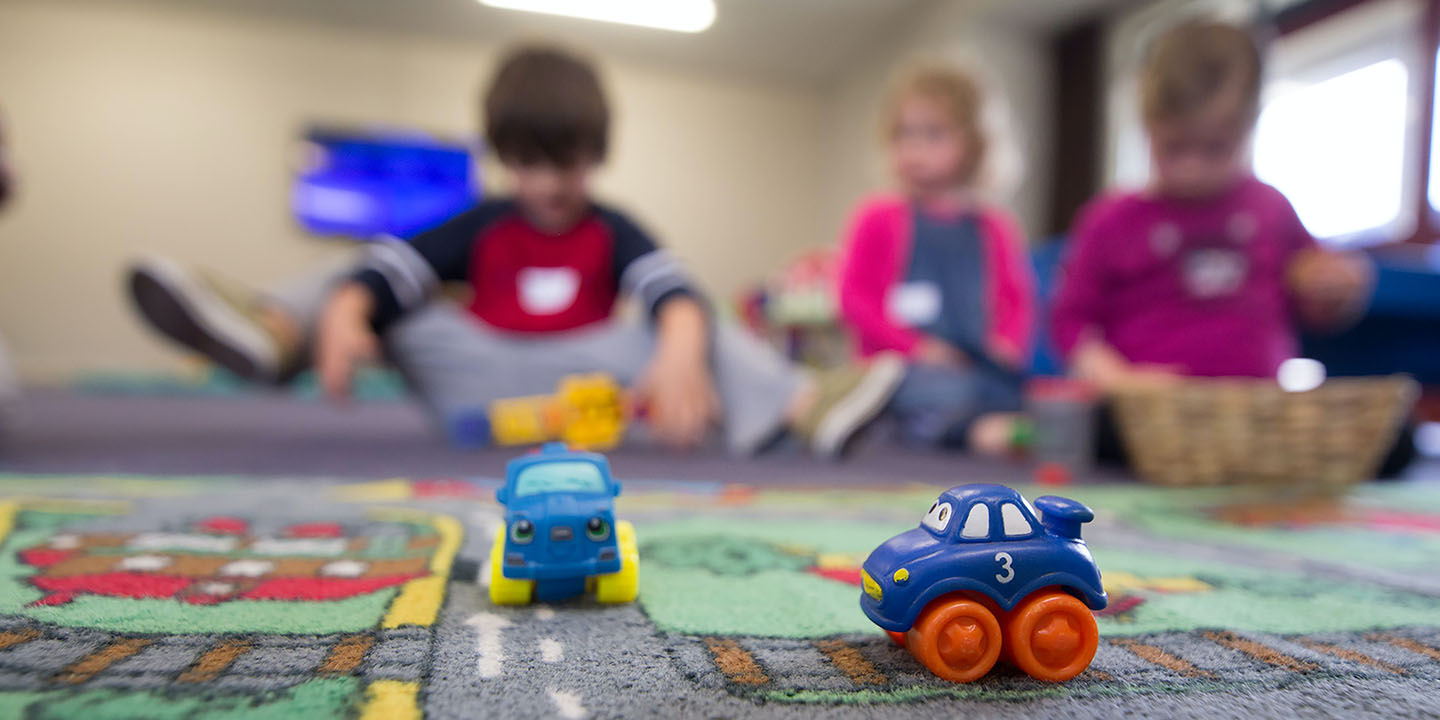The Secret to Catching Better ZZZs
Did you have another sleepless night? Or maybe you're just curious about improving your sleep quality? Something you might not know is that your sleeping position can dictate how well you sleep at night. If you're a frequent snorer or suffer from sleep apnea, understanding the best positions to rest in can make a big difference. But knowing that isn't everything—adopting healthy sleep habits is just as important. Here are 10 different sleeping positions and 10 tips to get a better night's sleep.
1. Starfish
The starfish position is having both your arms and legs spread out, just as the name suggests. This is similar to sleeping on your back but with your limbs raised out to the sides of your bed. While it might be comfortable to sleep in this position, it can cause snoring and aggravate conditions like sleep apnea, and could also cause back pain.
2. Crossed Legs & Arms
Also sometimes called the stargazer, this sleeping position consists of having your arms crossed behind your head, like a pose you might make if you were looking up at the night sky. Some people may also cross their legs as well, keeping them tucked under their thighs, but some may have them splayed out like a half-starfish pose.
3. Hugging Pillow
The pillow-hugger sleeping position usually consists of sleeping on your side while cradling a pillow in your arms. Sleeping in this position might suggest that you're more family-oriented, as you like to stay warm and cozy snuggling up something. Others may also have a pillow between their legs, which can help with back pain by preventing your spine from twisting.
4. Fetal Position
The fetal position is sleeping with your legs and chin tucked close to your chest. It mimics the pose infants do in the womb and is one we instinctually come back to when we need to self-soothe, as it offers warmth and comfort. This position is also the most common one people sleep in.
 Photo By: Kaboompics.com on Pexels
Photo By: Kaboompics.com on Pexels
5. On Back
Sleeping on your back with your arms straight on either side of you is another common position. Dubbed the soldier or supine position, this, like the starfish, can be comfortable for some, but may worsen sleep apnea, back pain, and other issues. If you still prefer this pose, try tucking a pillow or rolled towel under your knees to help with spinal alignment.
6. On Stomach
Also called the freefall position, sleeping on your stomach might feel comfortable initially, but you can only keep your neck and shoulders twisted for so long. After a while, this position will lead to neck and back pain, so you should try to either elevate your forehead with a pillow to sleep face-down (without obstructing your airway) or turn fully to your side.
7. Log
The log position is sleeping like a soldier but on your side. This means your arms and legs stay down and stick close to your body. Unlike the soldier (on your back) position, the log pose is better for those who have sleep apnea and back pain. You can also choose to place a pillow between your knees to make it more comfortable.
8. Upright
Do you like to sleep with half of your body upright? While it's not as common as some of the other sleeping positions, it can certainly come in useful from time to time, such as when you're sick since propping up on a pillow can help drain a stuffy nose. Just don't make it a habit as it can cause neck, shoulder, and upper back pain.
9. Yearner
The yearner position is sleeping on your side with your limbs spread out, as if reaching for something or someone—hence, the "yearner." This is a variation of sleeping laterally and can help relieve tension, since having your arms and legs outstretched in this way can relax the muscles.
10. Spoon
If you have a partner or a long body pillow, spooning might be a favorite position of yours. This involves curling up behind your partner and wrapping your arms around them, which creates a warm, cozy, intimate cocoon.
Now that you know some of the different sleeping positions (and found out which one is yours), read on for 10 ways to catch some better ZZZs.
1. Clean Sheets
Having fresh, clean sheets will help you get a better night's rest. It's especially important to regularly wash your bedding if you have any allergies to dust or other irritants that may cause you to wake up in the middle of the night.
2. No Devices
When you climb into bed, turn off your phone and other devices. This might be a hard task, but it's best to limit as much blue light exposure as possible. Continual use of technology will also prolong the time it takes you to fall asleep.
3. White Noise
If it helps, put on some white noise in the background to help you sleep better. Sounds like rain, washing machines, light music, or even ceiling fans can add a soothing murmur that promotes a good night's sleep. These sounds can also help drown out other disruptive noises.
4. Dark Room
Unless you're afraid of the dark, sleeping in the pitch black can improve your sleep. This is because a dark environment will trigger your body's internal clock, the circadian rhythm, which releases melatonin to make you sleepy. It's this system that tells you to wake up when it's light out and to sleep when it's dark.
5. Stick to a Schedule
To get a good night's sleep every day, make sure you stick to a regular sleeping schedule by going to bed at the same time. After a while, your body will get used to the routine and you'll feel sleepy as soon as the clock strikes that time. If you go to bed at random times every night, it'll be harder for your body to adjust.
6. Avoid Eating or Drinking Before Bed
It's best to avoid eating or drinking fluids an hour or two before bed. Your body needs time to digest, and if it's in the process of doing this while you're trying to sleep, it could cause acid reflux, heartburn, or other gastrointestinal issues. Drinking water or other fluids may also lead to nocturia, where you constantly need to use the bathroom.
7. Limit Caffeine
A cup of Joe in the morning is fine, but try to limit your caffeine intake throughout the day. Depending on how it affects you, consuming too much coffee, tea, energy drinks, or other caffeinated fluids may make it difficult for you to feel sleepy at night.
8. Get Lots of Light in the Morning
Just as important as it is to sleep in a dark environment, it's also crucial to get enough natural light during the day. Again, the shift between light and dark is what helps our internal clock recognize when it's time to wake up and when it's time for bed.
9. Reduce Naps
Even if it's tempting, try not to nap during the day. If you must, take short, 15 to 30 minute ones. Taking frequent siestas before bedtime might make you not as sleepy at night, and the cycle will repeat again. If eating large meals makes you drowsy, split the portions up.
10. Wind Down Before Bedtime
You may have heard that reading a book before bed helps your mind and body prepare for a good rest. And it's true—instead of scrolling through your phone or catching up on a TV show, wind down with a quiet, relaxing activity at least an hour before bed. Make this a habit, and you'll soon find it easier to fall asleep.



























